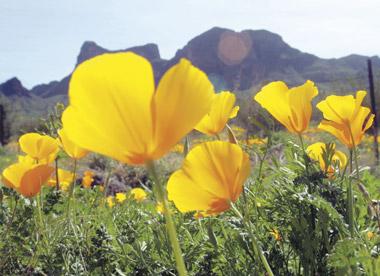 [Mohave Daily News, Christine Harvey, Cronkite News Service, 2-16-2010] — With Arizona State Parks facing an uncertain future due to budget cuts, Lake Havasu City is proposing taking over operations of a popular facility there. Unlike some other communities that have partnered to keep state parks open, however, Lake Havasu City wants a long-term lease to operate Lake Havasu State Park, home of the community’s busiest and largest boating ramp.
[Mohave Daily News, Christine Harvey, Cronkite News Service, 2-16-2010] — With Arizona State Parks facing an uncertain future due to budget cuts, Lake Havasu City is proposing taking over operations of a popular facility there. Unlike some other communities that have partnered to keep state parks open, however, Lake Havasu City wants a long-term lease to operate Lake Havasu State Park, home of the community’s busiest and largest boating ramp.
“Help us help you,” Mayor Mark Nexsen told the House Natural Resources and Rural Affairs Committee on Monday. “The state cannot afford to keep our park open, and we cannot afford to have it close.” In response to budget cuts, the Arizona State Parks Board plans to close 13 parks around the state while keeping nine open. For now, Lake Havasu State Park is slated to remain open.
Rep. Doris Goodale, R-Kingman, who is sponsoring a bill to make the lease possible, said that could change. Her bill, HB 2786, would require Arizona State Parks Board to enter into a 25-year lease with Lake Havasu City, with the community paying the state $50,000 per year. With Rep. Bill Konopnicki, R-Safford, the committee’s chairman, not in attendance, the panel put off voting on the proposal until next week. [Note: To read the full article, click here.]


You must be logged in to post a comment.